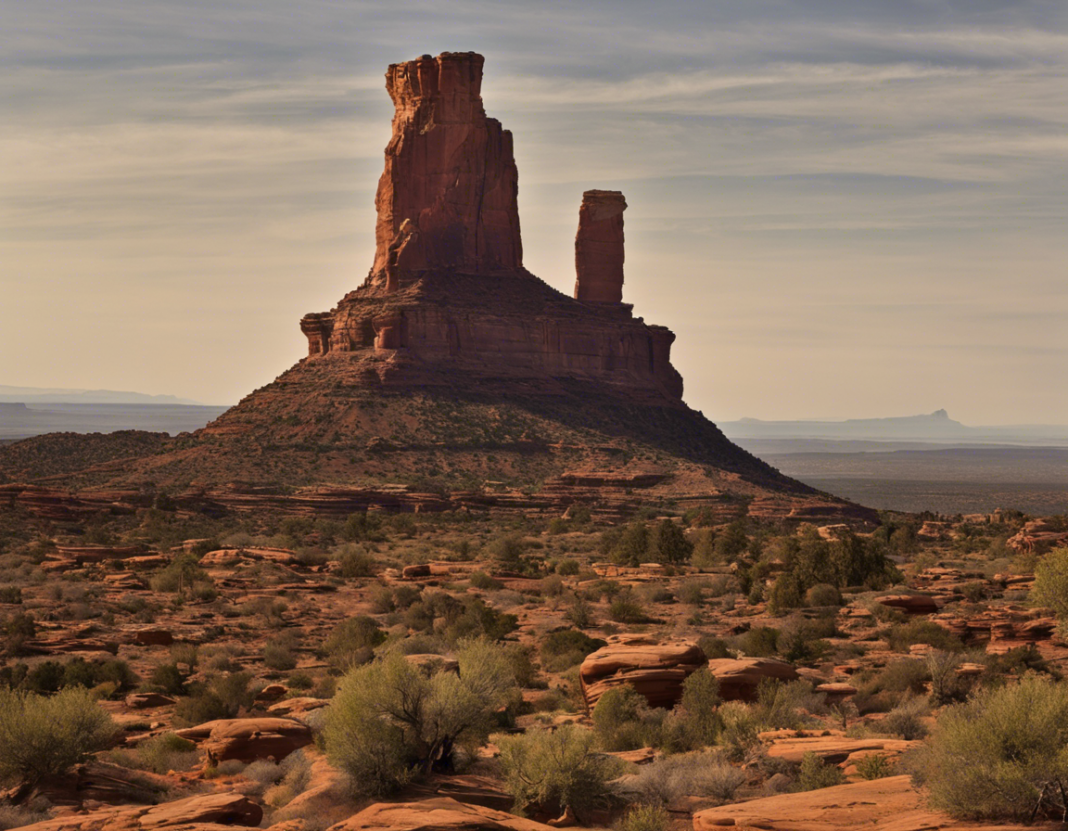Nestled in the heart of the American Southwest lies Jars Mesa, a hidden gem waiting to be discovered by avid adventurers and nature enthusiasts alike. This enchanting destination offers a unique blend of history, culture, and stunning natural beauty that sets it apart from other popular tourist spots in the region. From ancient petroglyphs to sprawling red rock formations, Jars Mesa holds a treasure trove of wonders just waiting to be explored.
Geography and Geology
Located in the state of Arizona, Jars Mesa is characterized by its rugged terrain, towering rock formations, and breathtaking vistas. The mesa itself is a flat-topped hill or mountain with steep cliffs on all sides, offering panoramic views of the surrounding landscape. The unique geology of the area is a result of millions of years of sedimentation, erosion, and tectonic activity, which have shaped the dramatic rock formations that define the mesa.
Cultural Significance
One of the most compelling aspects of Jars Mesa is its rich cultural heritage. Home to several Native American tribes for centuries, the mesa is adorned with ancient petroglyphs, rock art, and archaeological sites that offer a glimpse into the region’s past. These priceless artifacts provide valuable insights into the traditions, beliefs, and daily lives of the indigenous peoples who once called Jars Mesa home, making it a significant cultural site worthy of preservation and exploration.
Outdoor Activities
For outdoor enthusiasts, Jars Mesa offers a wide range of activities to suit all interests and skill levels. Hiking trails wind through the mesa’s rocky landscapes, providing opportunities to discover hidden caves, alcoves, and wildlife along the way. Rock climbing and bouldering are popular pursuits for thrill-seekers looking to challenge themselves against the mesa’s formidable cliffs and rock faces. Additionally, the mesa’s expansive desert terrain is ideal for stargazing, photography, and bird watching, making it a versatile destination for outdoor recreation.
Wildlife and Flora
Despite its arid climate, Jars Mesa is teeming with diverse wildlife and unique flora. Visitors may encounter desert dwellers such as coyotes, jackrabbits, and various species of birds while exploring the mesa’s rugged terrain. The flora of the area is equally fascinating, with hardy desert plants like sagebrush, prickly pear cacti, and mesquite trees dotting the landscape. The vibrant colors and textures of these plants add to the visual appeal of the mesa, creating a striking contrast against the red rock formations and blue skies.
Preservation Efforts
To ensure that future generations can continue to enjoy the beauty and significance of Jars Mesa, conservation efforts are underway to protect the area’s natural and cultural resources. Organizations dedicated to preserving the mesa are working to educate the public about its importance, prevent vandalism and looting of archaeological sites, and promote responsible outdoor recreation practices. By raising awareness and fostering a sense of stewardship among visitors, these efforts are vital to safeguarding the integrity and authenticity of Jars Mesa for years to come.
Exploring Jars Mesa
Visiting Jars Mesa is a truly immersive experience that offers a rare opportunity to connect with nature, history, and culture in a single destination. Whether you’re an outdoor enthusiast, history buff, or simply seeking a peaceful retreat away from the hustle and bustle of modern life, Jars Mesa has something to offer everyone. So, pack your hiking boots, camera, and sense of adventure, and embark on a journey to discover the hidden wonders of this captivating mesa in the Southwest.
FAQs
- What is the best time of year to visit Jars Mesa?
-
The best time to visit Jars Mesa is during the spring (March to May) or fall (September to November) when the weather is mild and the desert landscape comes alive with blooming flowers and wildlife activity.
-
Are there guided tours available at Jars Mesa?
-
While guided tours are not typically offered at Jars Mesa, there are informative visitor centers and ranger-led programs in nearby national parks and monuments that can provide insights into the area’s history and geology.
-
Is camping allowed at Jars Mesa?
-
Camping is not permitted directly on Jars Mesa itself, but there are designated campgrounds in the surrounding area where visitors can set up tents or RVs for overnight stays.
-
How long does it take to explore Jars Mesa on foot?
-
The duration of a hike at Jars Mesa can vary depending on the chosen trail and individual pace, but most visitors find that a half-day to full-day excursion is sufficient to explore the mesa’s key points of interest.
-
Are there any restrictions on photography at Jars Mesa?
- While photography is allowed at Jars Mesa for personal use, visitors are encouraged to respect the privacy and cultural significance of petroglyphs and archaeological sites by refraining from excessive flash photography or touchi…












